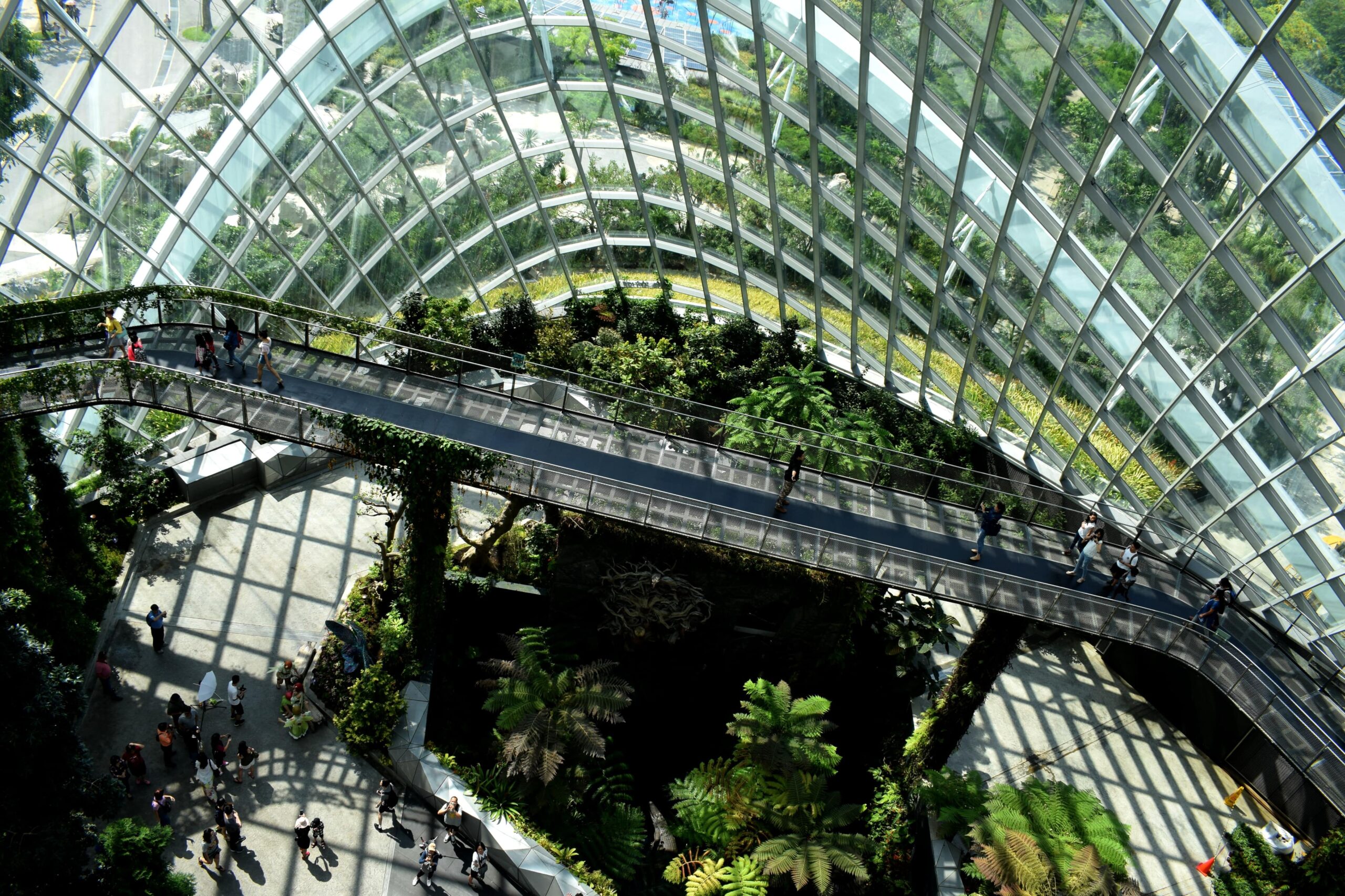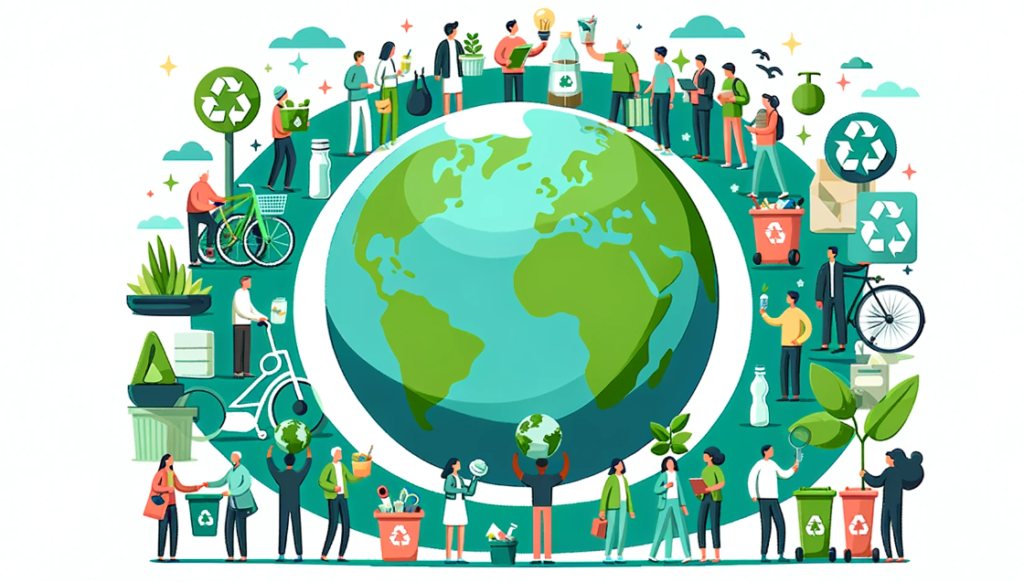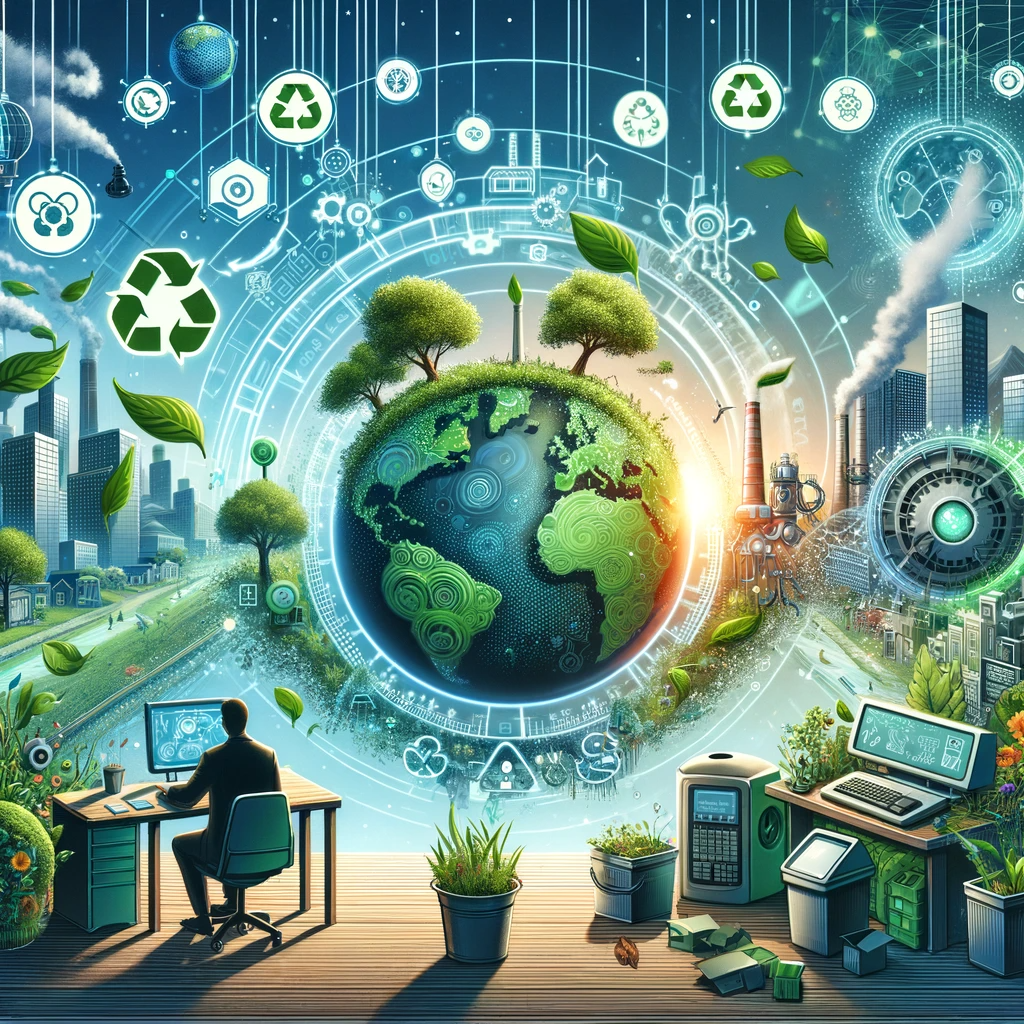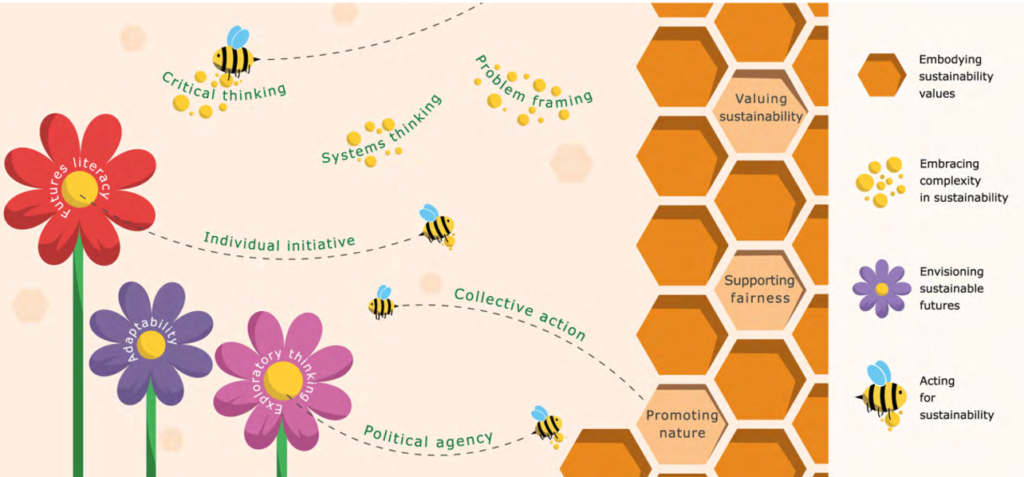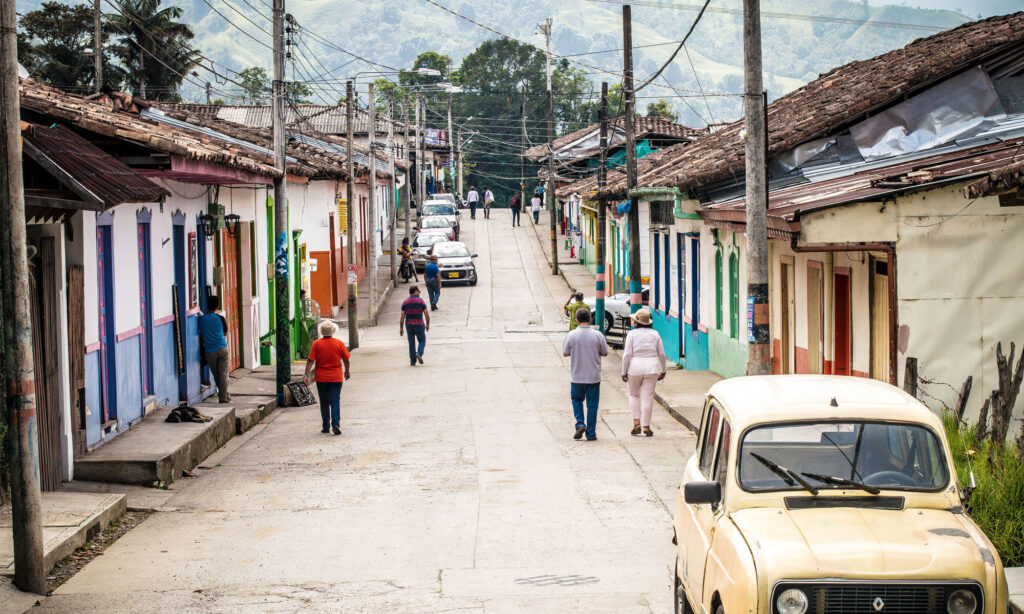In 1987, the Prime Minister of Norway Brundtland posed the question: How can the aspirations of the world’s nations for a better life be reconciled with limited natural resources and the dangers of environmental degradation?
The answer: “Development that meets the needs of the present without compromising the ability of future generations to meet their own needs.” This is sustainable development.
Since then, the widespread concept of sustainability has evolved and coined a triple bottom concept where: economic growth, social development, and environmental preservation need to be impacted positively by the desired project. This was the definition I was introduced to in a college competition hosted by an organization(Odebretch) which, years later, would be known for serious cases of bribery and corruption in Latin America.
The main issue with the perception of this confined definition is that the three pillars are often seen as independent silos which has led to choosing economic growth over social and environmental impact.
During my education in Sustainable Design at Aalborg University, I have come to embrace a more meaningful definition where “Sustainability is concerned with the well-being of future generations and in particular with irreplaceable natural resources.”
I also agree with Robert Gibson, a political scientist, who says, “Material gains are not sufficient measures or preservers of human well-being.” In Amartya Sen’s view, well-being ought to be not about material goods or ‘basic needs,’, but about capabilities to achieve one’s potential. Meaning that when the potential impact of a project is assessed it should both lead to higher well-being and to a positive, or at least neutral, environmental impact.
So this got me thinking. Is there a way in which organizations can make a viable model out of enhancing well-being while maintaining environmental preservation? I have only heard of well-being as a matter of policy analysis, the question is can companies substitute the bottom line of making a profit for enhancing well-being? Don’t get me wrong, economic impact is still needed to develop well-being but can companies also prioritize the well-being of stakeholders such as the community.
What is the Problem?
Market systems provide society with food, housing, energy, transport, mobility and other material aspects of our culture. There is a whole menu for the implication these activities carry on the environment from climate change, water scarcity, toxic waste, habitat destruction, species extinction, and many others which have direct interconnections with our daily habits. In these domains, businesses are heavily implicated, both as part of the problem and as part of the solution.
A lot has been accomplished and many businesses have transformed their processes and values by incorporating sustainability into their organization but still, there is a long way to go. In general, solutions in response to solving these environmental issues are the least impacting which is leaving the existing system/infrastructure in place with add-on technologies.
The challenge is to facilitate a transition before significant environmental damage occurs. Technology and social innovation will determine the magnitude of climate disruption. One could expect lock-in inertia – the greater the change, the greater the resistance. This is where you, the disrupter, come into play.
Why is it Your Business?
This answer is as diverse as every individual reader. One answer could be parents caring for the environment not because of its intrinsic value, but in order to preserve resources for their children.
Nature provides a number of essential services, termed ecosystem services, allowing human life to exist and we harm these systems with our industrial activities.
Ethically speaking, we do not have the right to destroy the right of life to other species. The latest IPCC report shows the severity of environmental impacts we are experiencing at 1C warming and stated that 2C of warming is now considered highly dangerous.
New approaches to problem-solving are needed to address the “wicked problems” mentioned before and the wide gap between rich and poor. Across the world, a growing number of citizens are rising up to challenge institutions, companies, and governments to deliver a more equitable and sustainable society.
Companies are expected to address issues such as climate change, single use plastics and gender equity which will also continue to grow. Customers, especially youth, will increasingly shift their loyalties to companies they perceive to be delivering social and environmental value to society. This loyalty shift is evident in a KPMG report in 2019 where 75% of people interviewed responded to be highly concerned about sustainability.
As Yuval Noah Harari stated, “Human development adopts ways of living and burn the bridges leaving no turning back.” This means we can not simply abandon our industrial food systems and comfort lives, but we can evolve them to be more aligned with the environment so they work together as a unified whole.
Small and agile organizations can leverage this sustainable game-changer while big corporations may understand the need to change but it will take them a long time to achieve the transition. In future articles, I’ll be sharing insights and methods which can help you and your organization to work on with sustainability.
To stay tuned, subscribe to The Common Ones news letter and if you have friends that this can add value share with them for the next sustainable business!

